

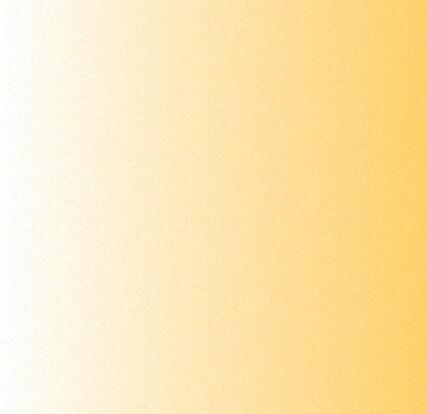
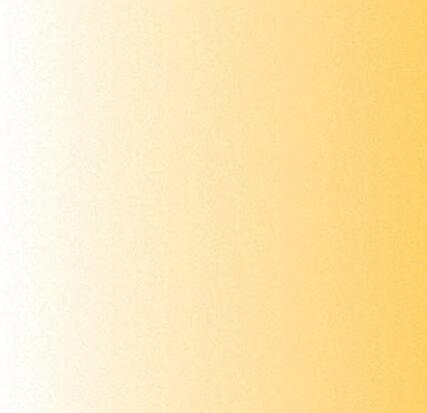
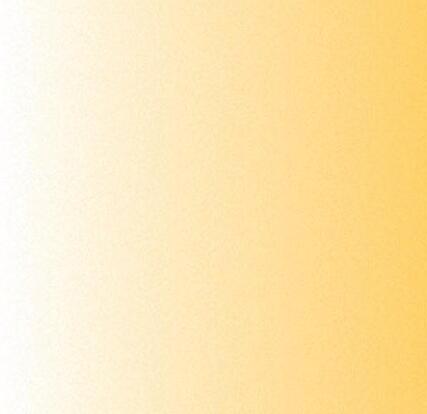
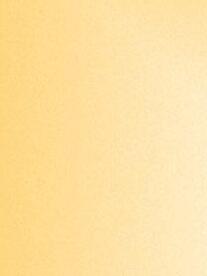
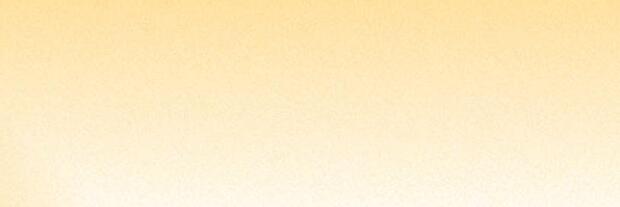


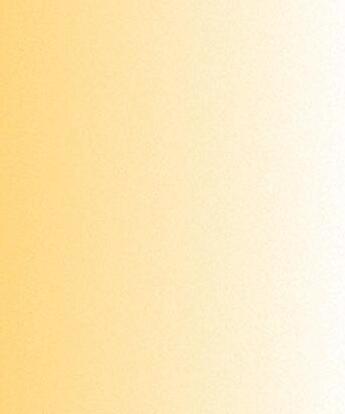
















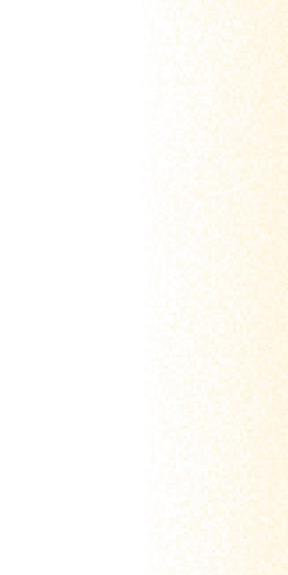









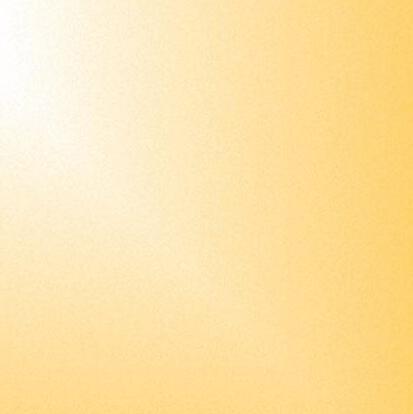
KEIN WERK / NO WORK, NO LIGHT
THERES RHODE
Direktorin des Museums für Konkrete Kunst, Ingolstadt
Director of the Museum of Concrete Art, Ingolstadt
Wer den Katalog von Fabian Gatermann durchblättert, der blickt auf eine Fülle von Werken, die sich – bei aller Vielfalt – doch ganz um eines drehen: Licht. Der Künstler arbeitet immer anders, aber immer mit Licht. Behält man gängige Klischees im Kopf, fragt man sich, wie das gehen soll. Der Maler nimmt den Pinsel in die Hand und bringt Farbe auf eine Leinwand. Der Bildhauer bearbeitet mit Hammer und Meißel den Stein. Und Fabian Gatermann, der greift zum Licht? Unmöglich, denn Licht ist unbegreiflich – und das nicht nur im Sinne des Anfassens. Nicht mal sehen kann man es. Licht ist eine elektromagnetische Welle, die sich durch den Raum bewegt, eine Energieform, die sich ausbreitet, aber keine physische Substanz besitzt. Das, was Licht bewirkt, das nehmen wir wahr, aber für das Licht an sich
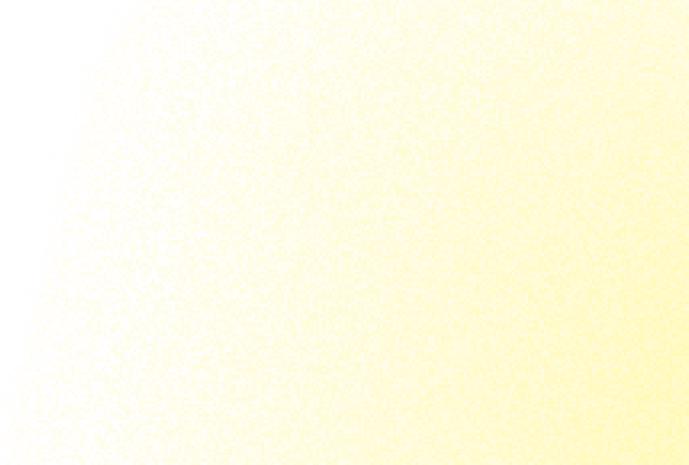

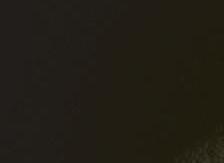


sind wir blind. Wenn es überhaupt eine Form der Beschreibung gibt, dann etwa durch die Charakterisierung von Wellenlänge, Frequenz oder Intensität.















Wie nüchtern, wie sachlich, wie unbefriedigend. Den reinen Naturwissenschaftler*innen mag dies genügen, nicht jedoch jemandem, der die Welt darüber hinaus befragt. Licht ist da, aber man sieht es nicht. Licht braucht anderes, um in Erscheinung zu treten. Seltsam, in welcher Abhängigkeit es steckt, wenn es doch selbst das ist, was anderes erst möglich macht –Wachstum zum Beispiel. Gäbe es kein Licht, sähe unsere Natur alt aus. Fabian Gatermann, so könnte man meinen, schert sich als Künstler um die Natur eher weniger. Denn er gehört doch – folgt man so einigen Kurator*innen – der Konkreten Kunst an.1

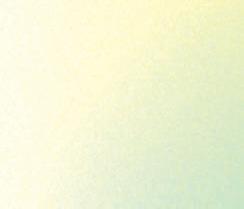



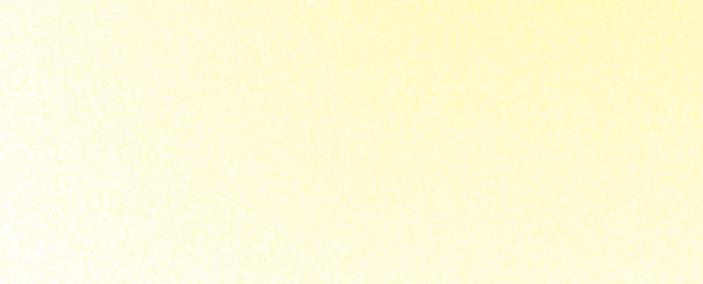








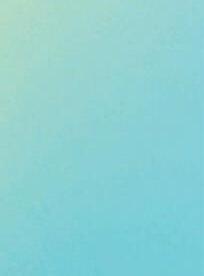






































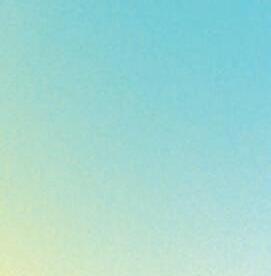



























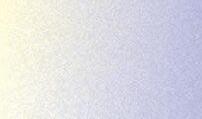
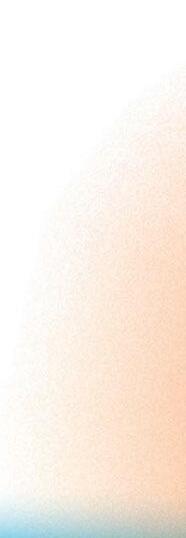












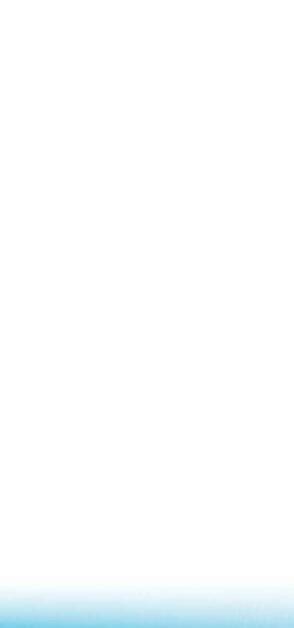



Anyone browsing through Fabian Gatermann’s catalog will see a wealth of works that, despite their diversity, all revolve around one thing: light. The artist always works differently, but always with light. If you keep common clichés in mind, you wonder how this is supposed to work. The painter picks up a brush and applies paint to a canvas. The sculptor works the stone with a hammer and chisel. And Fabian Gatermann, reaches for the light? Impossible, because light is unfathomable, and not just in the sense of touching it. You can’t even see it. Light is an electromagnetic wave that moves through space, a form of energy that spreads but has no physical substance. We perceive what light

does, but we are blind to the light itself. If there is any form of description at all, it is through the characterization of wavelength, frequency, or intensity. How prosaic, how factual, how unsatisfactory. This may be enough for pure natural scientists but not for anyone who questions the world beyond that.

Light is there, but you can’t see it. Light needs other things in order for it to present itself. It’s strange how dependent it is when it itself is what makes other things possible in the first place: growth, for example. If there were no light, our nature would not thrive. One might think that, as an artist, Fabian Gatermann cares little about nature.


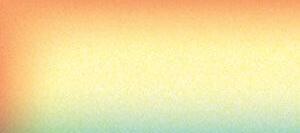



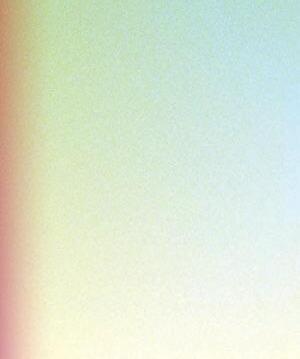
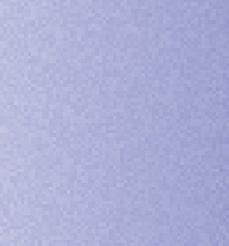
1) So gehörte Fabian Gatermann etwa zu den 24 Künstler*innen, die das Museum für Konkrete Kunst und der Kulturspeicher in Würzburg 2024 zu ihrer Ausstellung „24! Fragen an die Konkrete Gegenwart“ erwählten.

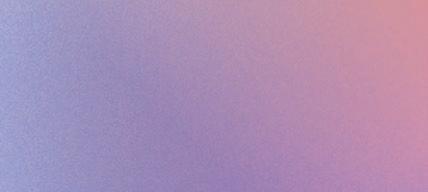



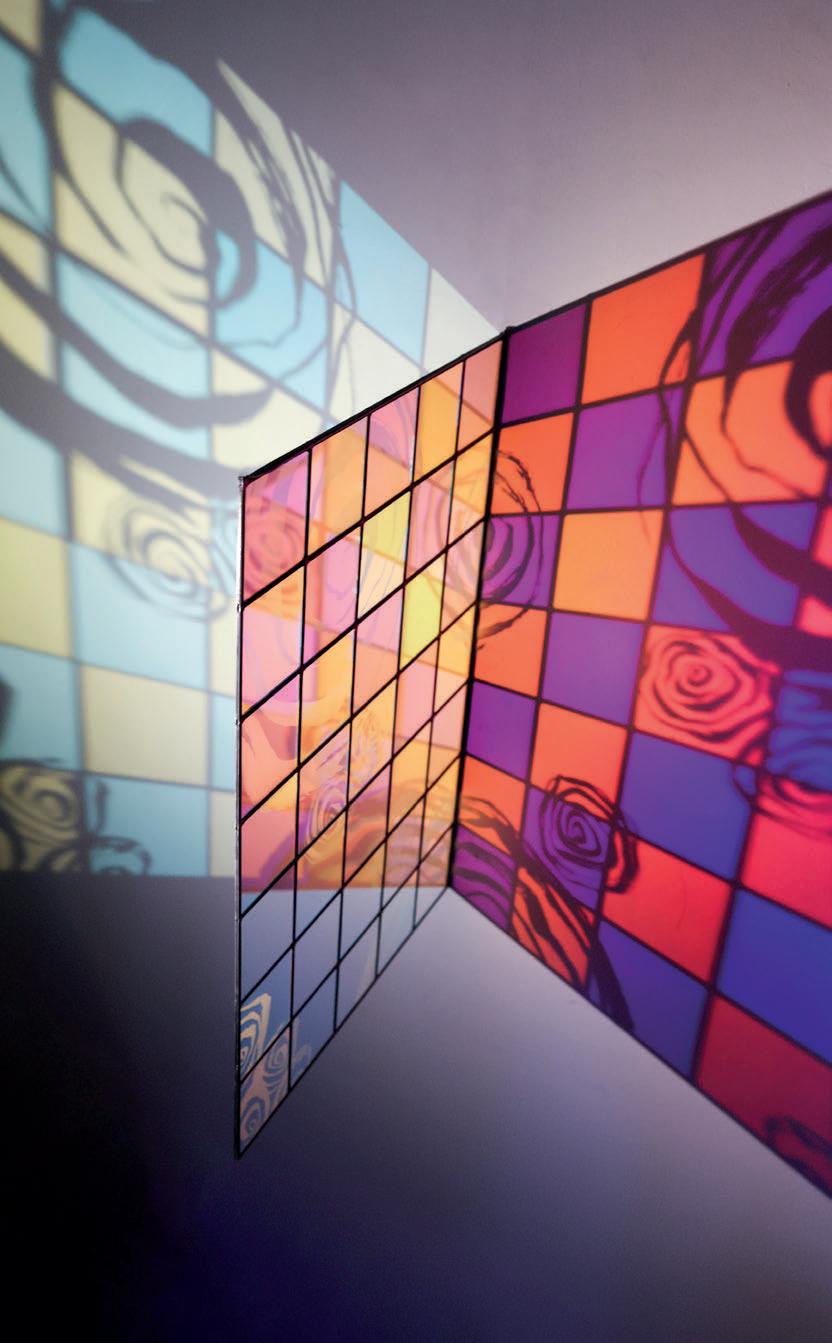
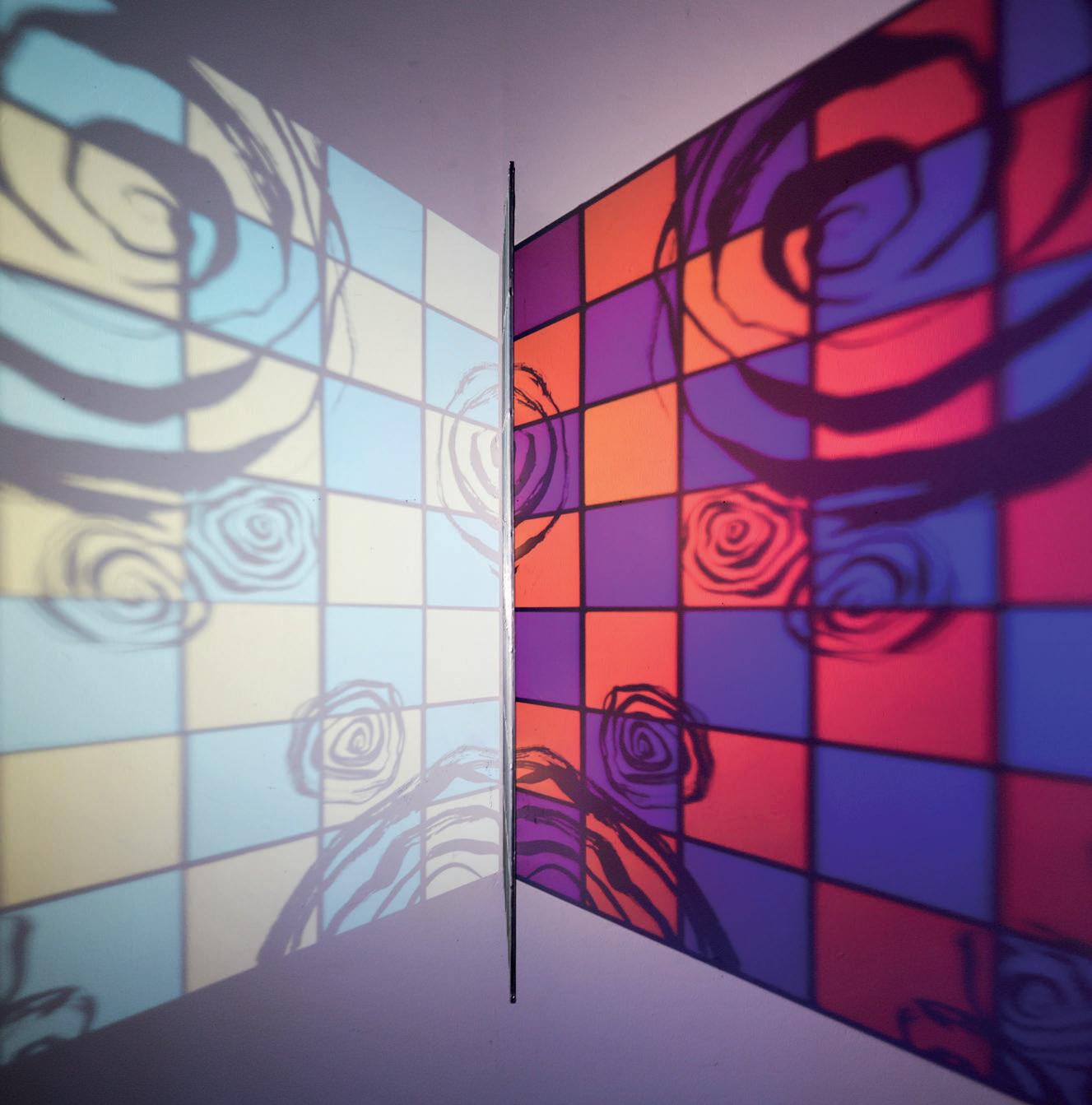

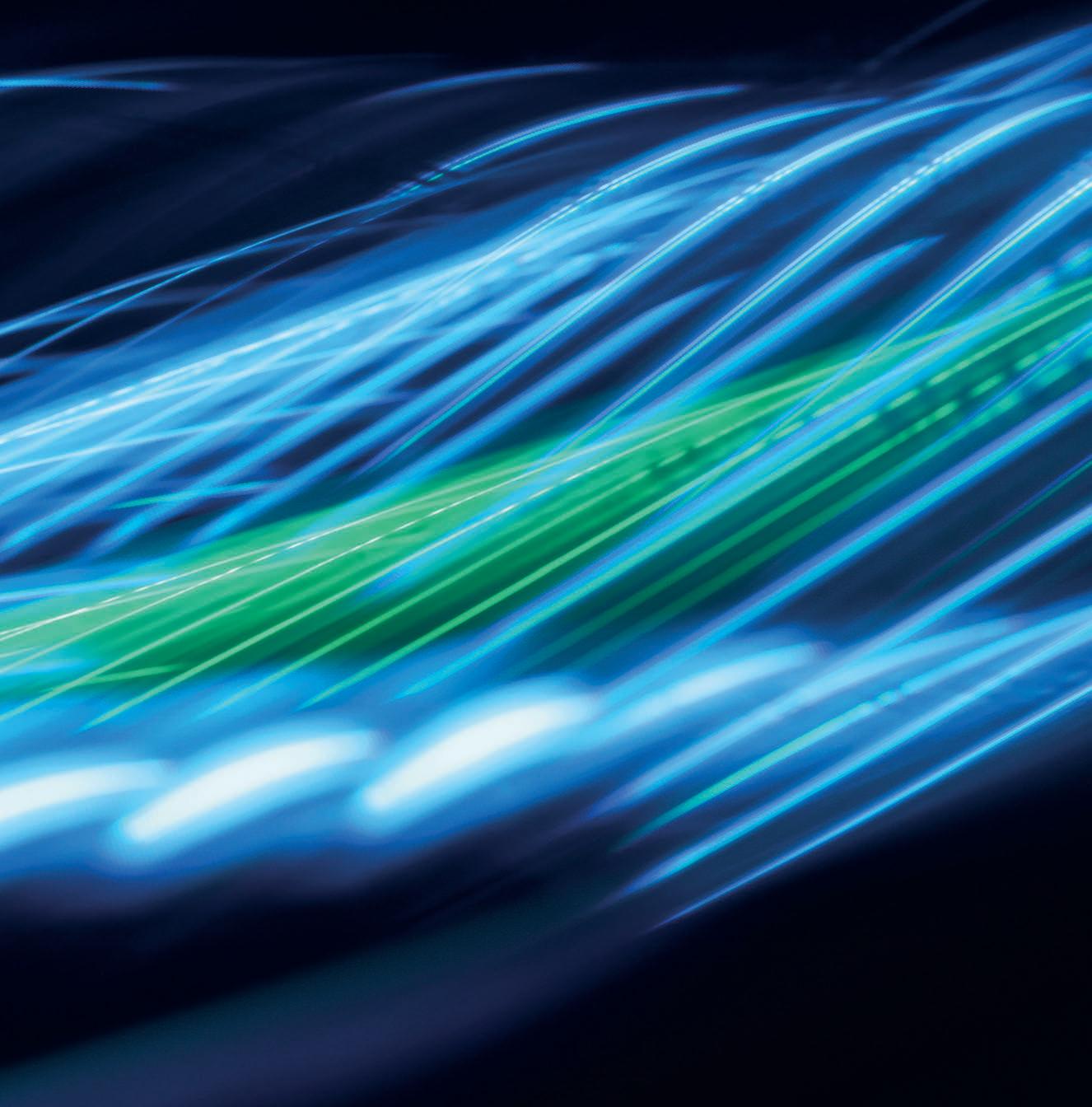
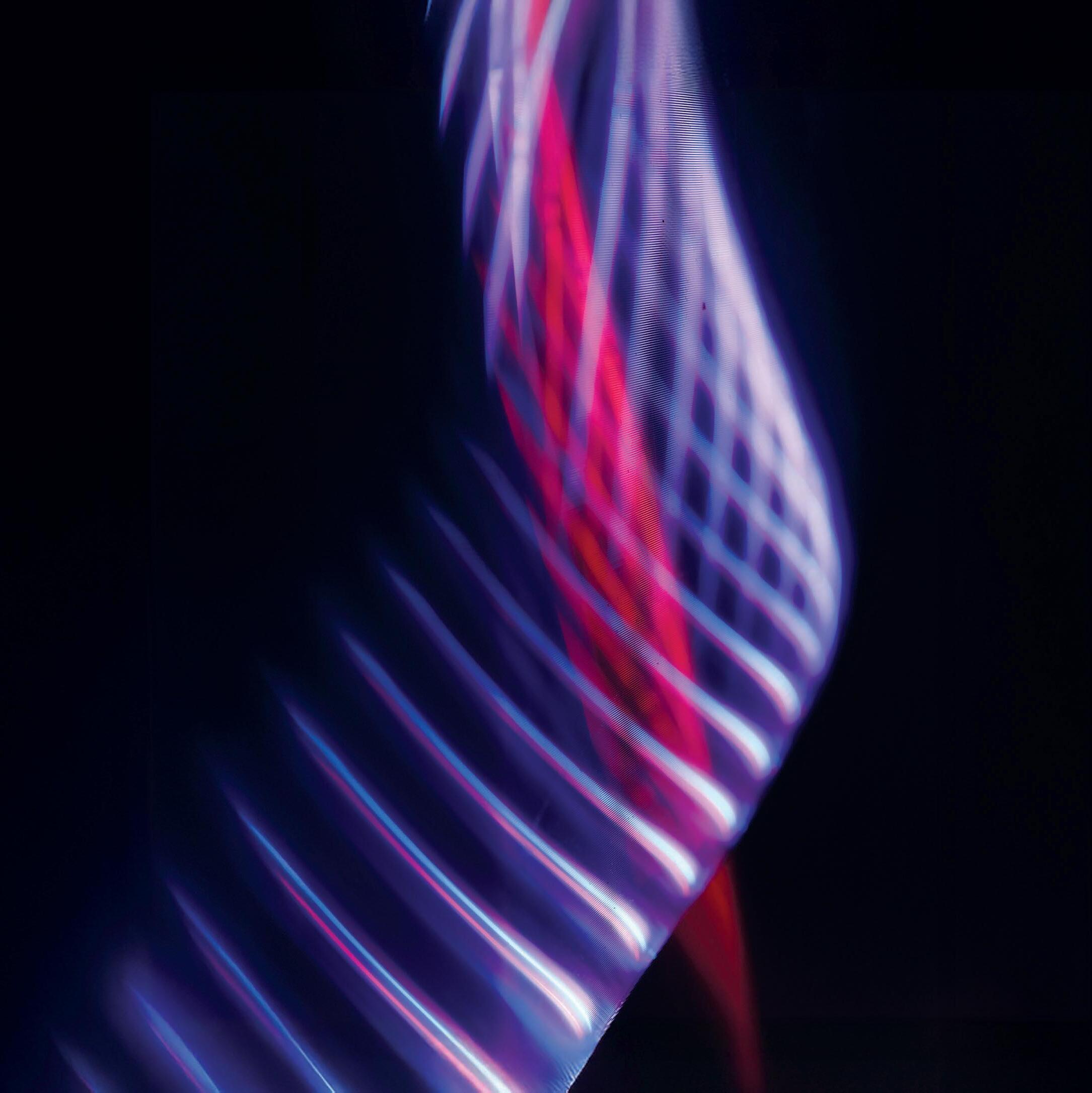


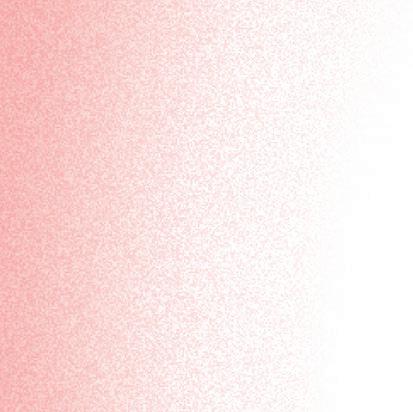




DORIS MYÔEN ZÖLLS
Evangelische Theologin, Autorin und Zen-Meisterin Protestant theologian, author, and Zen master

RUHEN, Exzerpt aus: Weisheit und Lebenswissen des Zen-Meister Rinzai 1 IN SICH RUHEN, excerpt from: Wisdom and Life Knowledge of the Zen Master Rinzai1

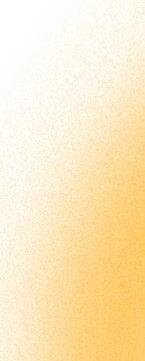

Für immer Gegenwart und Vergangenheit zu transzendieren, ist der Leib der vollkommenen Weisheit.2
Die Gegensätze zu transzendieren, bringt eine neue Dimension hervor. Wenn wir in den Gegensätzen gefangen bleiben, wenn wir das eine im Gegensatz zum anderen sehen, sind wir hin- und hergerissen. Wir sind zerrissen. Die neue Dimension zu erfahren, das Transzendieren von Vergangenheit und Gegenwart, die Gegensätze zu übersteigen, bringt den Körper der vollkommenen Weisheit hervor. Diese Weisheit wird im Herz-Sutra
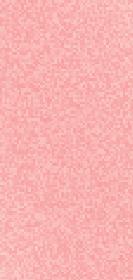
„Prajnaparamita“ genannt. Es ist die Weisheit, die nicht im Intellekt wurzelt, sondern aus dem Herzen kommt, aus unserer Mitte, wenn uns sozusagen das Herz aufgeht. Diese Weisheit zeigt sich als Mitgefühl, das Mitleid bei weitem übertrifft, weil Mitgefühl die wechselseitigen Abhängigkeiten erkennen lässt. Alles steht miteinander in Beziehung, doch wir begrenzen diese Abhängigkeiten auf den Gedanken von Ursache und Wirkung.


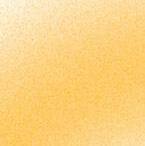

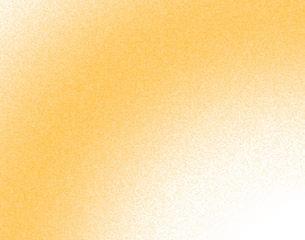

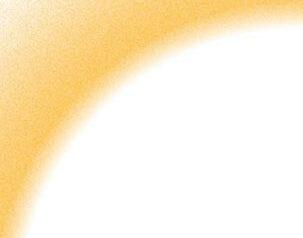

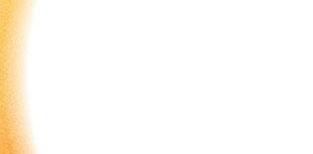


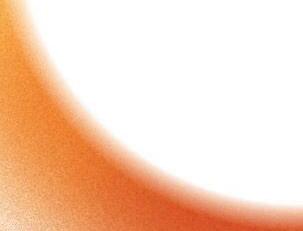
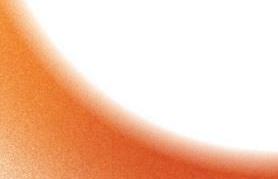
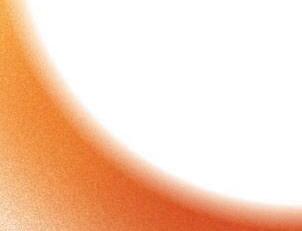

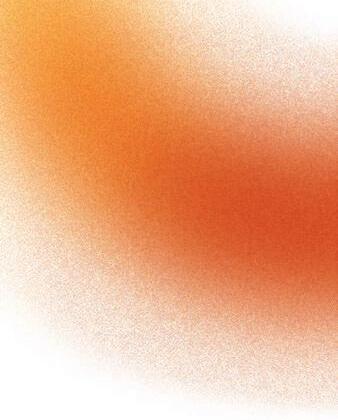










p. 166–169, Patmos Verlag, Ostfildern 2025 quoted from: Linji Yixuan (jap.: Rinzai Roku), „Das Denken ist ein wilder Affe“, München 1996 und Shulazi, „Morgengespräche im Kloster des Abtes Linji“, herausgegeben von Laszlo Sari, Schiedlberg 2003

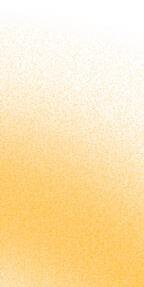
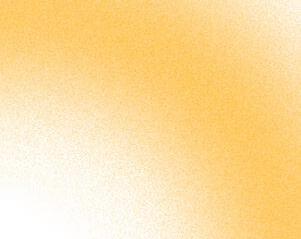
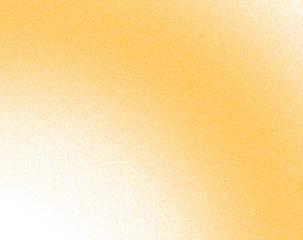

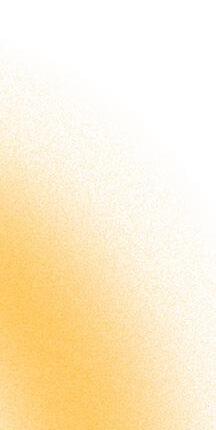
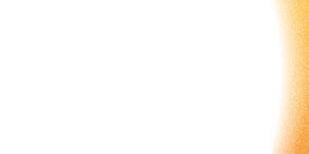





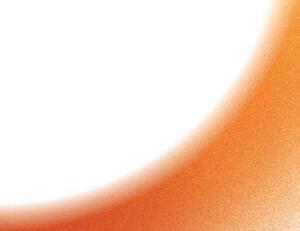


Transcending the present and the past forever is the body of perfect wisdom.2
Transcending the opposites brings forth a new dimension. If we remain trapped in the opposites, if we see one in contrast to the other, we are torn. We are torn. Experiencing the new dimension, transcending past and present, transcending the opposites, brings forth the body of perfect wisdom. This wisdom is called "Prajnaparamita" in the Heart Sutra. It is the wisdom that is not rooted in the intellect, but comes from the


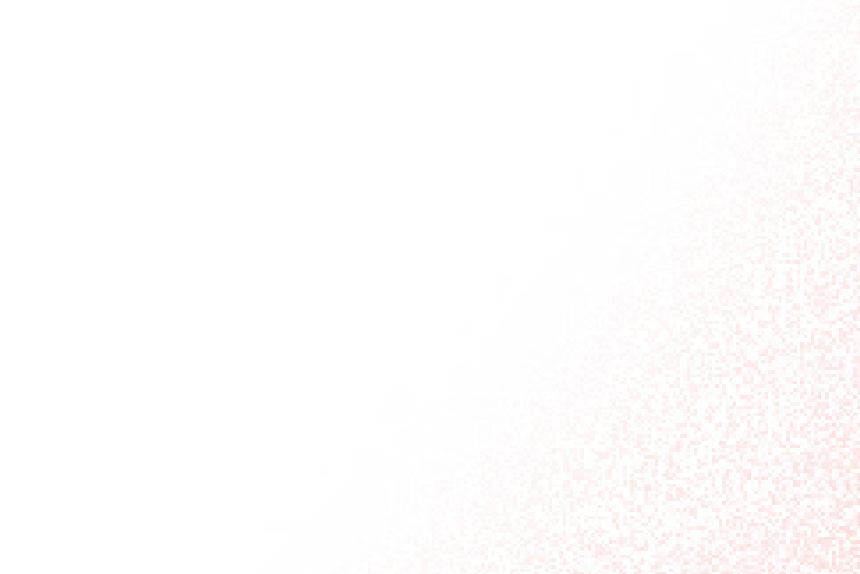

heart, from our center, when our heart opens, so to speak. This wisdom manifests itself as compassion, which far surpasses compassion, because compassion allows us to recognize interdependence. Everything is interdependent, but we limit these interdependencies to the idea of cause and effect. However, interdependence is not subject to time like cause and effect, which only describe a fraction of what constitutes reality.
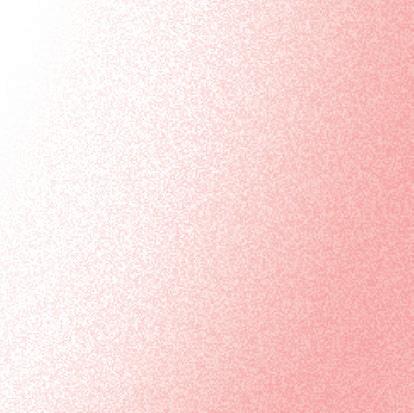


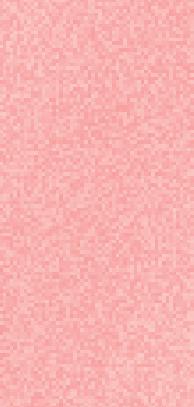
Die Stele als Symbol für die Verbindung von Himmel und Erde ist eigentlich ein Urbild des Menschen: Fest im Boden verankert, tief in der Welt der Materie verwurzelt, strebt ihr Wesen nach oben, dem Himmel entgegen.
Die gesandstrahlten, übereinander in Magazinständern geschichteten dichroitischen Gläser ersetzen profane verkaufbare Inhalte durch eine abstrakte und transzendente Kunsterfahrung.
Die Gläser lassen sich von den Betrachter*innen beliebig austauschen und in eine andere Reihenfolge bringen, was die Wandstelen / Raumstelen zu Kunstwerken macht, die nie statisch bleiben, sondern immer wieder neu zur Interaktion und Veränderung einladen.
The stele, as a symbol of the connection between heaven and earth, is actually an archetype of humanity: firmly anchored in the ground, deeply rooted in the material world, its essence strives upward, toward the heavens.
The sandblasted dichroic glass panels, stacked on top of each other in magazine racks, replace mundane, marketable content with an abstract and transcendent art experience.
The glass can be exchanged and rearranged at will by the viewer, making the Wandstelen / Raumstelen works of art that never remain static, but always invite interaction and change.
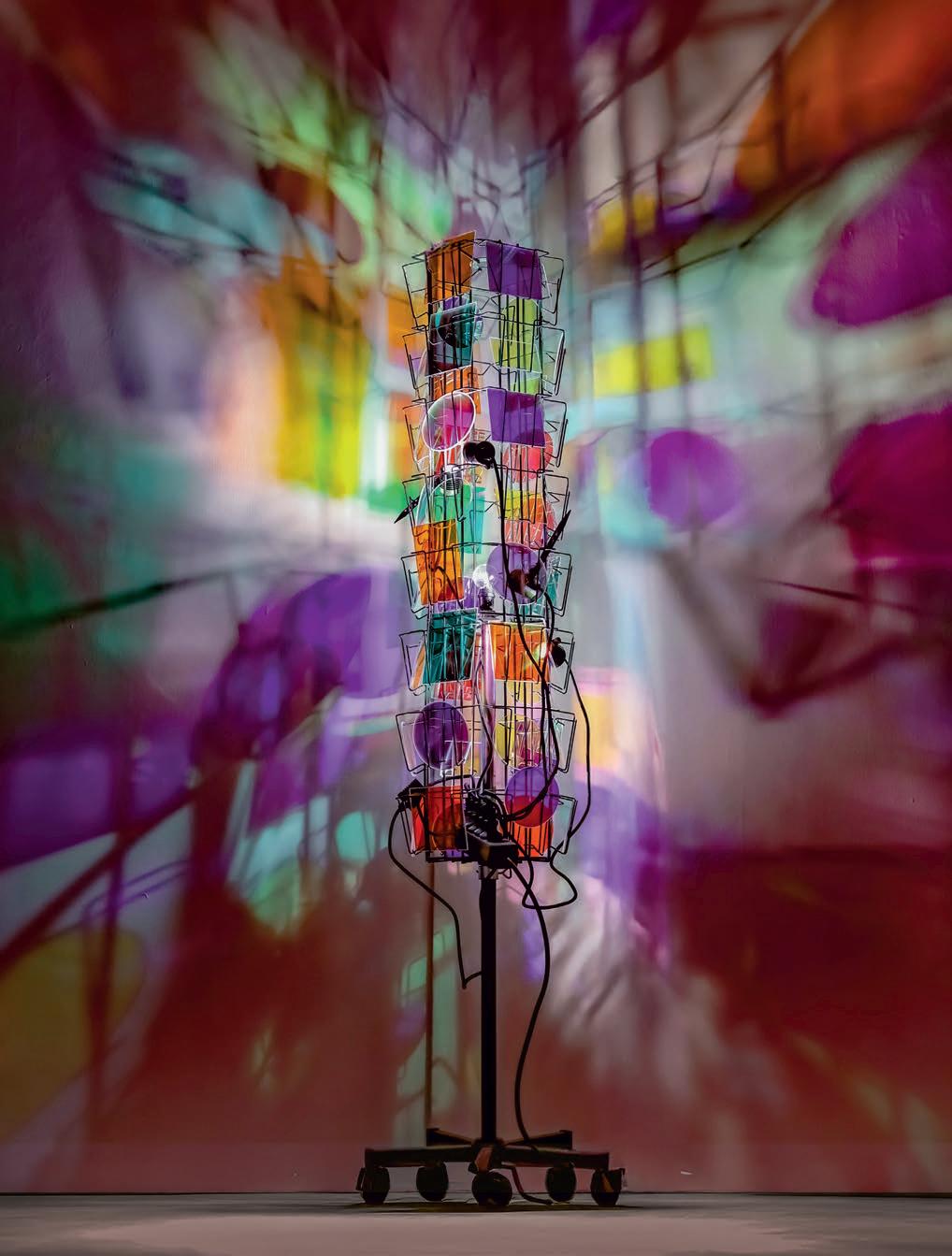
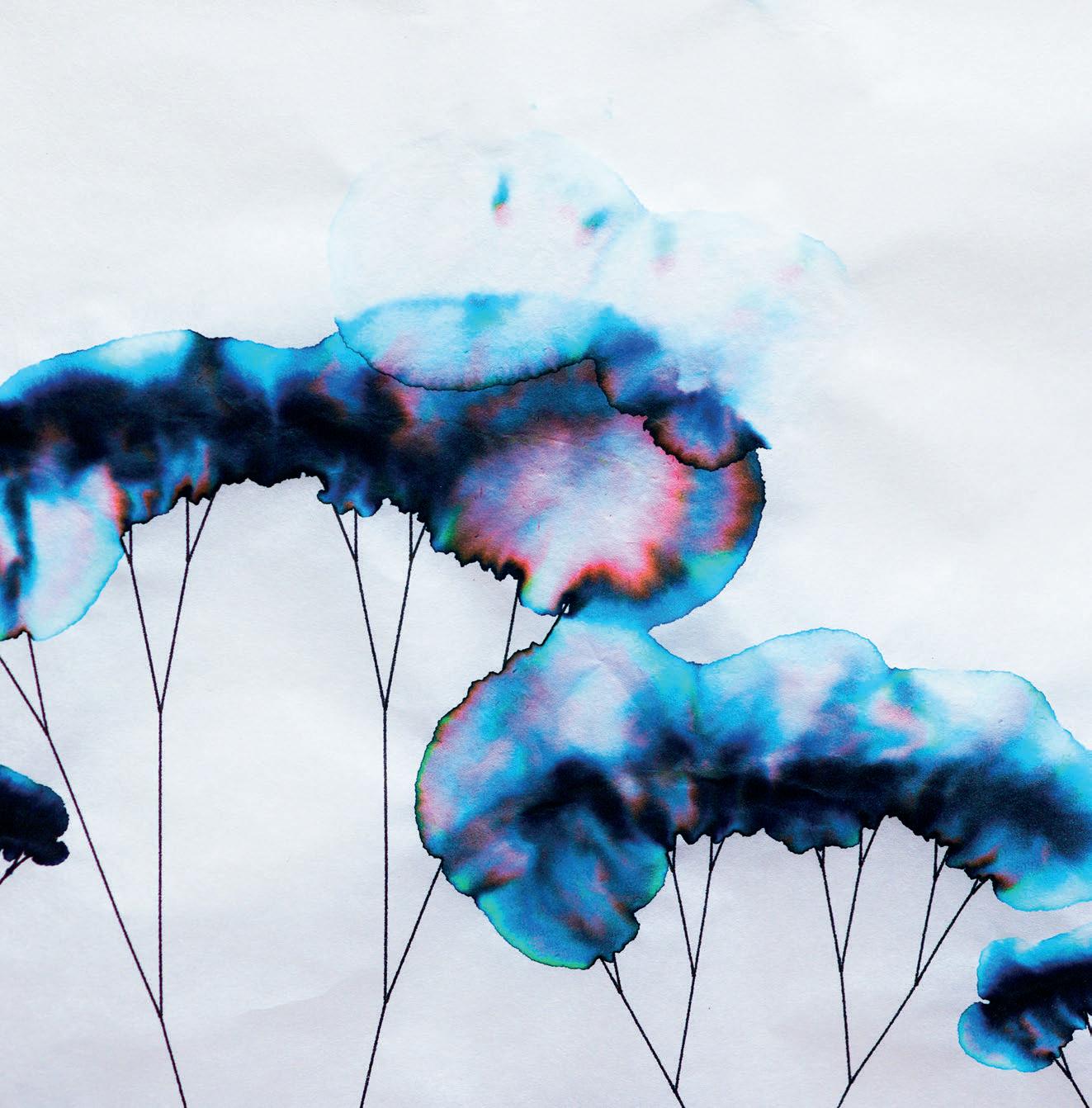

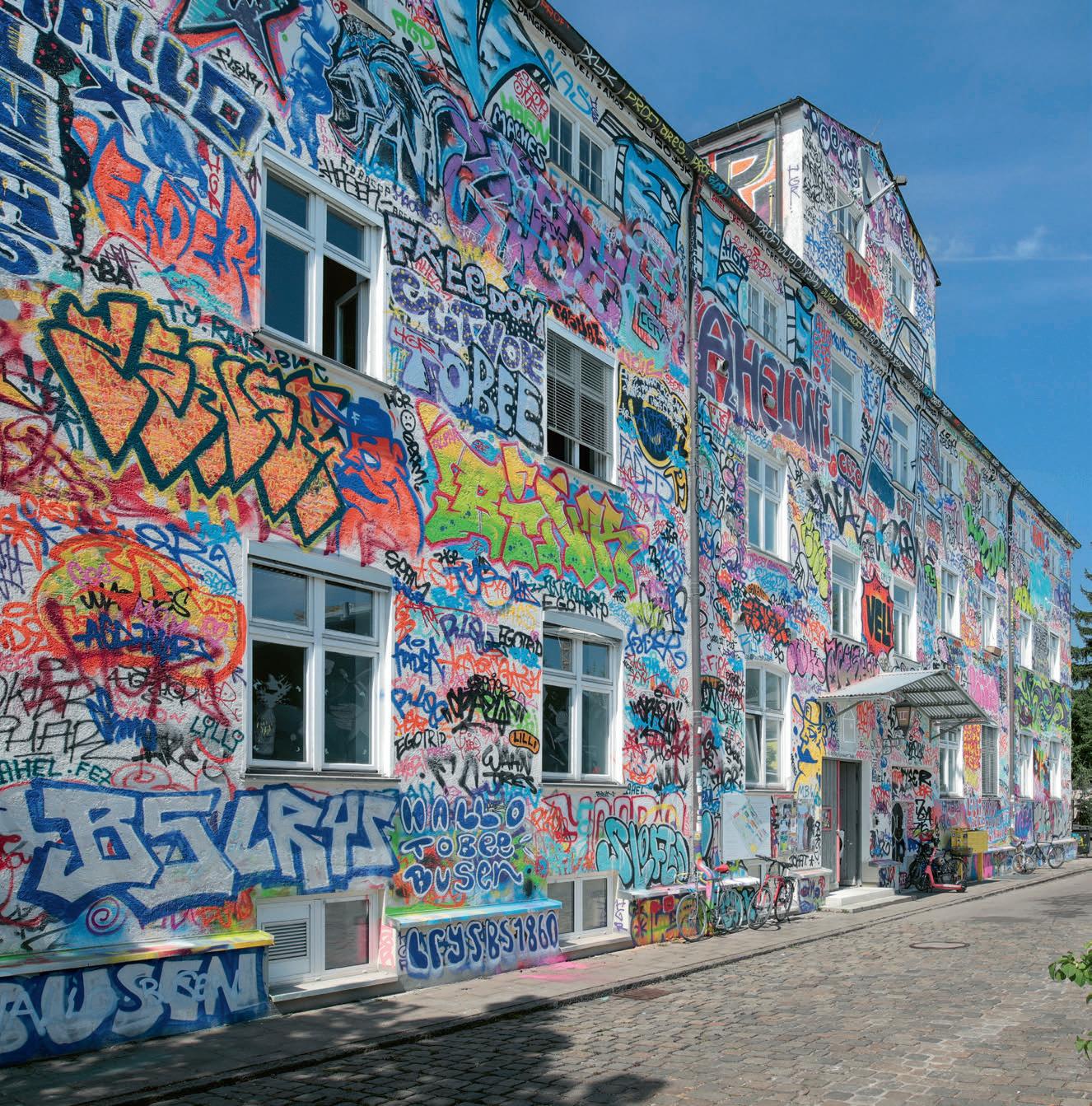
Abb. 54 und 55: Ergebnis und Prozess, reclaim space, Haus2, München, 2025
Result and process, Reclaim Space, Haus2, Munich, 2025, photo © Christoph Metzger


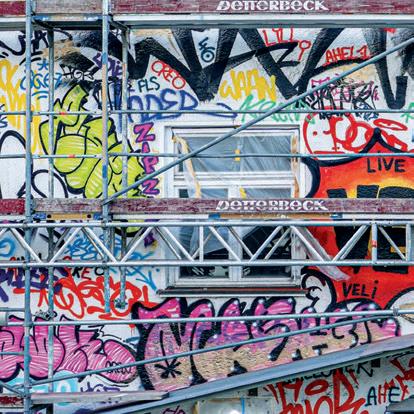

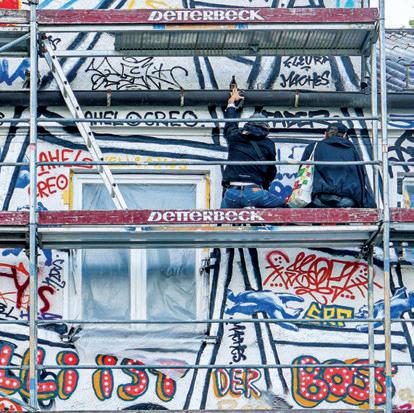

Steigende Ateliermieten auf dem Kreativquartier, besonders im kollaborativen Haus2, waren der Impuls für das Projekt Reclaim Space. Die zentrale Frage: Wie können wir als Künstler*innen gemeinsam unsere Produktionsräume schützen, wenn Kunst selbst zum Motor der Aufwertung wird? Im Mai 2025 initiierte der Künstler Fabian Gatermann einen radikalen Gestaltungsprozess: 75 Graffiti-Artists – meist aus der illegalen Szene – wurden eingeladen, die Fassade des Hauses vorwiegend mit Tags und Signaturen gemeinsam zu transformieren. Das Experiment war offen, kollaborativ und bewusst kontrovers angelegt.
Rising studio rents in the Kreativquartier, especially in the collaborative Haus2, were the impetus for the Reclaim Space project. The central question: How can we as artists protect our production spaces when art itself becomes part of and a driver of gentrification?
In May 2025, artist Fabian Gatermann initiated a radical design process: 75 graffiti artists—mostly from the illegal scene—were invited to transform the facade of the building together, primarily with tags. The experiment was open, collaborative, and deliberately controversial.
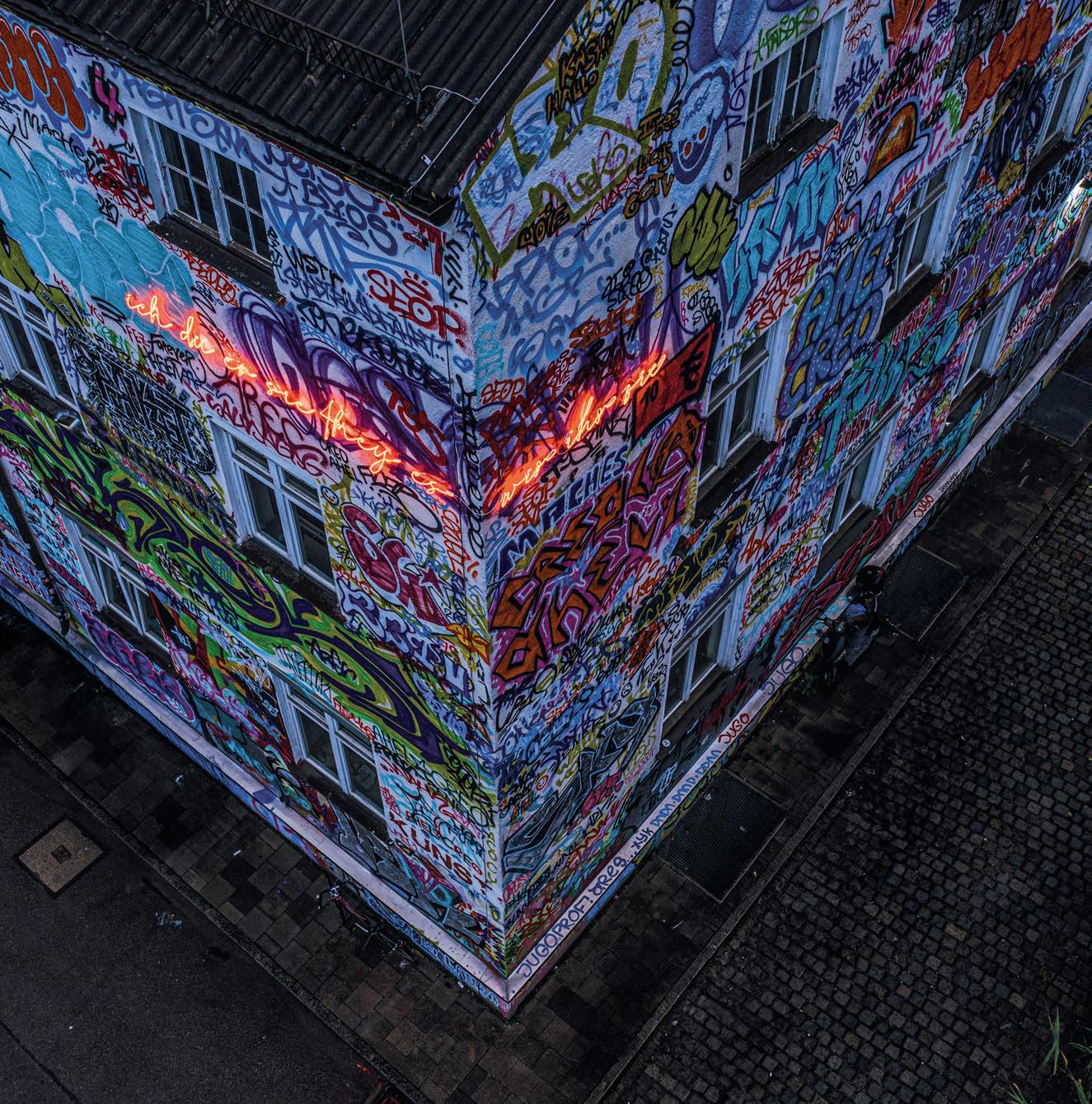
ISBN 978-3-89790-747-8

Wenn wir „Transzendenz“ als mehrdimensionale Erfahrung begreifen, kann uns Licht als Medium den Zugang zu unsichtbaren Sphären eröffnen? Der Künstler Fabian Gatermann nutzt Licht als zentrale Materie für seine Installationen, Objekte und Multiples, um neue Dimensionen zu erforschen.
If we understand “transcendence” as a multidimensional experience, can light as a medium grant us access to invisible realms?
The artist Fabian Gaterman uses light as the key material for his installations, objects, and multiples in order to investigate new dimensions.